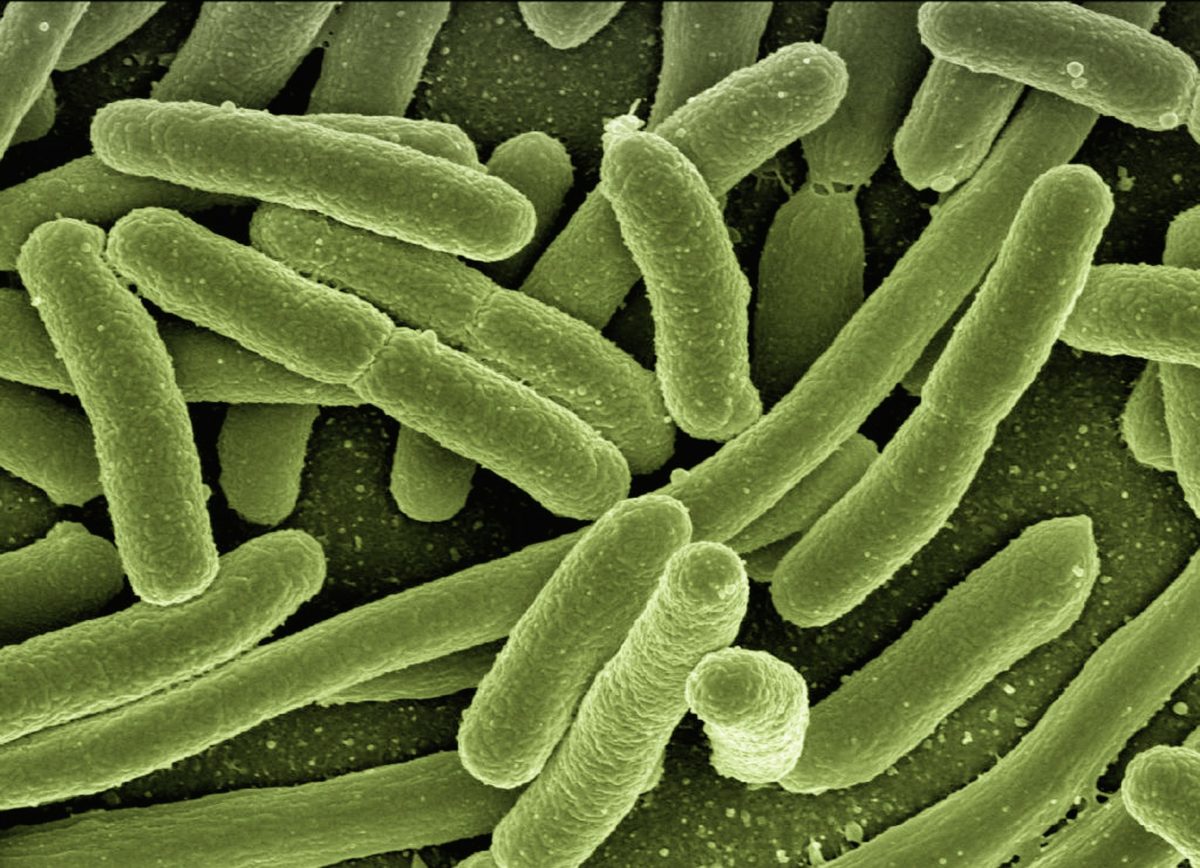Scientists have discovered a way of doubling the current density of biogenic solar cells. A team of researchers under Vikramaditya Yadav, a professor at the University of British Columbia, have presented research through which they managed to increase the current density to 0.686 milliamps per square centimeter, compared to the previously achieved 0.362.
The cells are using E.coli bacteria – one form of which is best known in relation to food poisoning – as a source of energy conversion. Until now, attempts to use a biogenic material for solar cells focused on the extraction of the lycopene – a dye in plant cells bacteria use for photosynthesis.
The team from Canada, however, highlighted that the extraction process degrades lycopene through the use of toxic solvents. Additionally, the process is complicated and therefore incurs costs. The novel approach now put forward instead focuses on coating the entire bacteria with a mineral that functions as a semiconductor. The coated bacteria are then applied to a glass that functions as an anode. Using the method, the researchers say, has nearly doubled the current density of this type of cell, and has reduced production costs.
“We recorded the highest current density for a biogenic solar cell,” said Prof. Yadav, a professor in UBC's department of chemical and biological engineering who led the project. “These hybrid materials that we are developing can be manufactured economically and sustainably and, with sufficient optimization, could perform at comparable efficiencies as conventional solar cells.”
Yadav says it is difficult to estimate precisely the cost savings of the method, though he did disclose he believes the cost of dye production would amount to not more than a tenth of what it previously would have been.
The research also claims the current the solar cell produces is as strong in overcast skies as when the weather is clear. If true, the application bears great potential for Canada and northern Europe.
“Our solution to a uniquely B.C. [British Columbia] problem is a significant step toward making solar energy more economical,” says Prof. Yadav.
This content is protected by copyright and may not be reused. If you want to cooperate with us and would like to reuse some of our content, please contact: editors@pv-magazine.com.




Casual googling suggests that standard PV cells now run at about 30 milliamps per square cm. The bugs have a long way to go to catch up: 50 times.